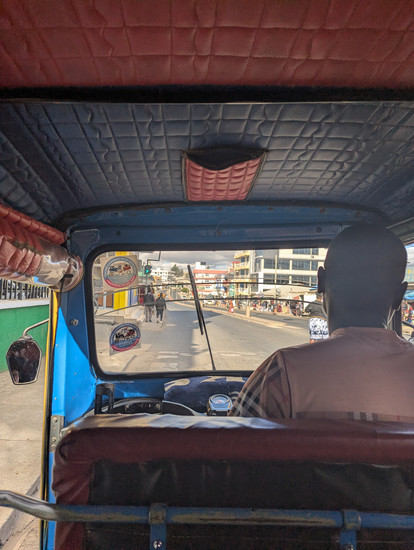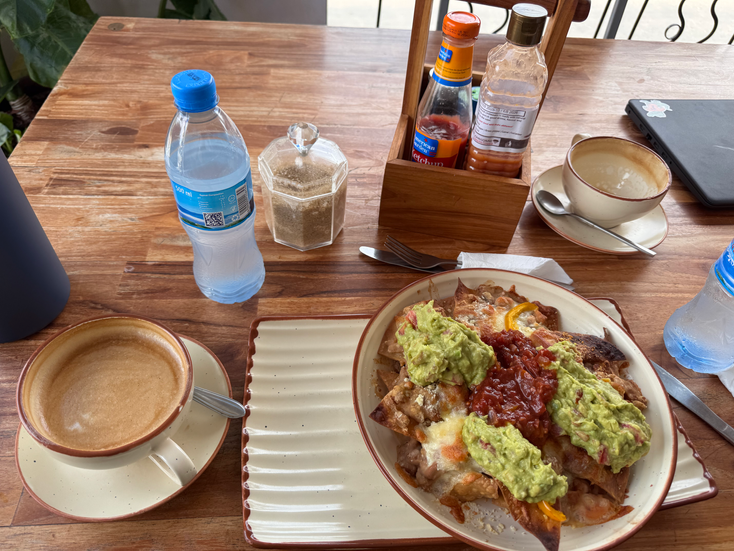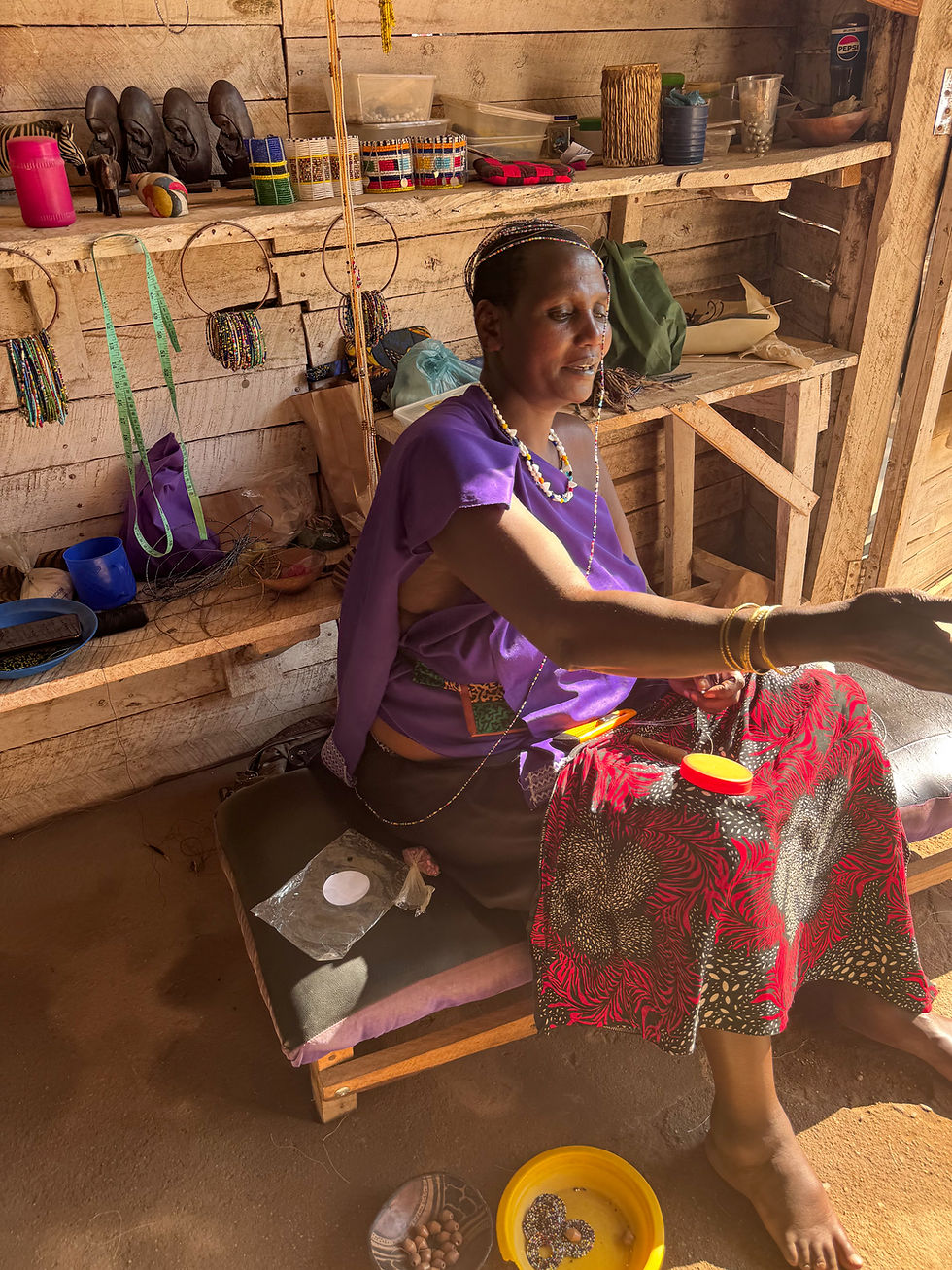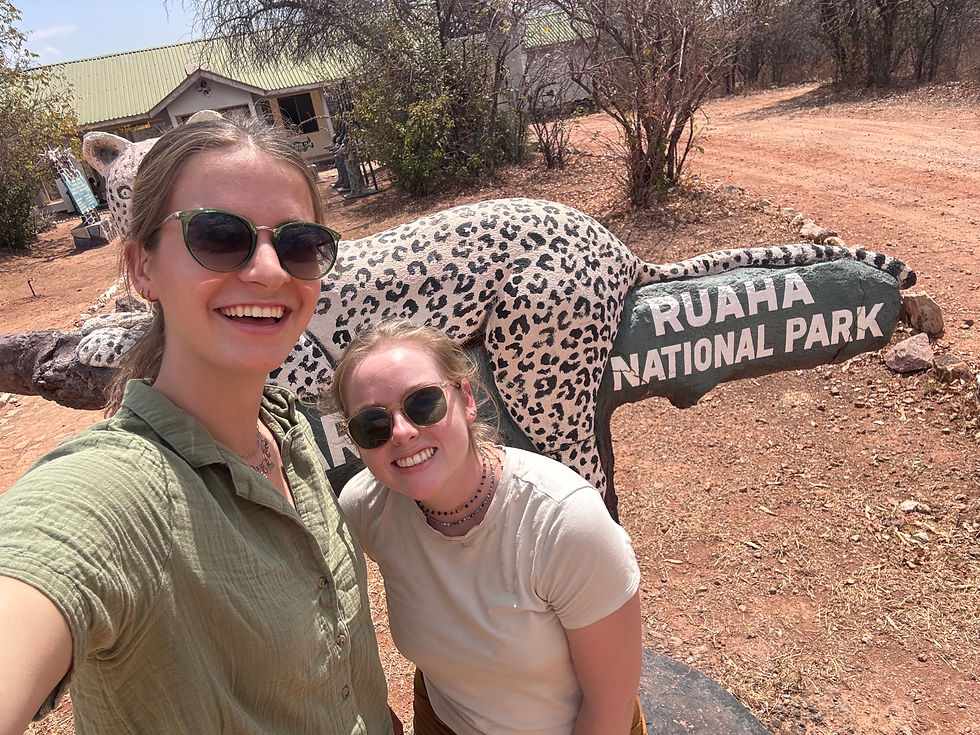Week 1
- Lucy P-BARG
- Jun 13
- 6 min read
Updated: Aug 26
Research Reflection : We're Not Tourists, We're Here to Listen
I came into this week expecting to observe. But what I didn’t expect was how loud the silence can be when you're standing in the back of a crowded room, unsure of your role. This week was about learning to listen before we speak, to notice before we assume, and to ask better questions—not just about illness, but about the systems that surround it.
Wednesday: Power Dynamics and Unfinished Stories
We showed up late to the morning meeting—Tito’s bajaj took longer than expected. The clinic room was packed with doctors, students, and tension. A student gave a case on a 9-month-old with sickle cell. Dr. Joel jumped in, not to teach, but to challenge, interrogating him on 1970s Tanzanian health policy. It felt more like a test of ego than of knowledge. Father Benjamin later asked the Italians about average sickle cell lifespans in their country. They gave context. He wanted a number. Nobody gave one. Maybe that was the answer—it depends. He later asked why we were repeating research already done by Dr. Strong. Fair question. I explained our flexibility, hoping to communicate that we weren’t just parachuting in—we were here to continue listening. At the outpatient clinic with Dr. Mag, we saw patients with heart failure, convulsions, hypertension, and one woman with multiple miscarriages possibly due to cervical incompetence. Everyone had complex needs. Almost everyone had limited options. We left feeling unsure—what were we contributing? But maybe that’s what Week 1 is supposed to feel like.
Thursday: Diagnoses and Disagreements
The morning case was an 84-year-old woman with hypertension, chest pain, and no family support. She was prescribed an echo, EKG, and possibly morphine. But later, the doctors decided against pain meds—“not bad enough yet,” they said. It stuck with me.
Rounds revealed power outages delaying CT scans, debates over diabetic treatment, and cases of cerebral malaria, psychosis, and stroke. We began to see how deeply social factors shape outcomes. Even basic follow-ups like anemia meds weren’t taken—not because patients didn’t want to, but because they couldn’t afford to. Dr. Mag’s clinic that day showed everything from Parkinson’s to liver disease to heart failure at age 30. We learned a lot, but kept circling the same question: At what point does treatment stop being an option, and just become a conversation about comfort?
Friday: When Care Isn't Enough
We joined ICU rounds again and saw Rose—T1D, possibly infected, now in a treatment tug-of-war between two doctors. They debated whether her glucose levels or an underlying infection were the real cause. Both were likely right. The 21-year-old with heart valve issues? Normal CT scan. Now she’s being referred to Dar for cardiology, suggesting the seizures are neurological or electrical. That’s progress—but it’s expensive. In the male ward, an AIDS patient convulsed in front of us, hand curled, legs stiff. Another man had pneumonia but only got cough syrup. In female internal, the 84-year-old still wasn’t given morphine. Another woman had HIV-related psychosis but wasn’t getting the root treatment. Just mood stabilizers. At the outpatient clinic, we saw stroke survivors, back pain, chest pain, and spondylosis. One man couldn’t speak. I wondered—how is care decided for someone who can’t advocate for themselves?
Final Thoughts
This week wasn’t about groundbreaking insight or discovery. It was about witnessing small moments of care, frustration, compromise, and resilience. We’re slowly learning who’s who, what matters, and when to speak. Kate said maybe we’ll become “community figures.” I’m not sure what that means yet. But I know that we’re not tourists here. And I know that listening—really listening—is its own kind of work.
1) Photo of the emergency department from the reception area of the hospital 2) Outpatient clinic with Dr. Magdalena 3) Half of the male internal ward 4) Field note taken in the male private room 5) Educational material about diet that is handed out to patients 6) ICU stock room and sanitization room
Cultural Reflection : Chai, Chaos, and Culture Shock
I decided early on that my weeks here wouldn’t follow the usual Sunday-to-Saturday structure. Instead, I’m following the East African rhythm—beginning my weeks on Jumamosi, Saturday, the first day of the week in Kiswahili. That’s moja, “one,” the beginning—not of a work week, but of a new rhythm. A rhythm that doesn’t follow the beat of my Google Calendar, but one that pulses slowly, patiently, and at its own sacred pace. After over 30 hours of travel and 45 of wakefulness, Kate and I stumbled into Iringa with raw eyes and heavy souls. The exhaustion was so deep that it didn’t feel like jet lag—it felt like a stripping away of the comfortable rhythms we once knew and the start of something unstructured, something unfamiliar.
Chai isn't just tea.
Day one started with the rhythmic plink of water into a metal bucket outside our cracked window. Josephina was boiling eggs, preparing what I thought would be a simple breakfast. I quickly learned that chai here isn’t just “tea.” It’s an entire event. Chapati, boiled eggs, bananas, peanut butter, kahawa, and a tart, tomato-looking fruit that I still can’t name. We sat with Erik, the hostel owner, and a Congolese man with a ring in his nose and a presence that made me want to be braver. He was mysterious—modern yet quiet. I wondered about his story, especially since he didn’t speak Swahili to us or Erik. I admired how confidently he requested a bajaji to the bus station, something I had not practiced yet. That morning, I wore a double-layered skirt and pulled my hair back in preparation for the dust and wind that always come with a bajaji ride. Our driver, Tito, didn’t speak English, and my Swahili was just shy of a toddler's. Still, I managed a few phrases and was rewarded with a grin and an amused burst of words I couldn’t yet understand. Arriving at Tosamaganga Hospital, we were greeted by… no one. We waited. And waited. We tried the bathroom (which was locked), got helped by a patient who kindly let us in, and continued our wandering attempts to find someone—anyone—who could help us locate Dr. Tabitha. There was a moment in the hallway when I wondered if I was stepping too far into a place I hadn’t been welcomed into yet. Culturally, I didn’t know if I was doing anything right—and that uncertainty weighed on me more than the 45 hours without sleep ever could. Eventually, a doctor helped us find Father Benjamin’s office, and finally we were reunited with Dr. Tabitha. She was warm, apologetic, and, true to pole pole ndiyo mwendo (slowly, slowly is the way to go), completely unbothered by the lateness of it all.
Teal Rooms and Tough Truths
After a day of wandering and wondering, the next few days offered more structure—but not always more stimulation. Sitting in the same glowing teal room, listening to hypertension cases over and over again made me feel like I was a part of a medical Groundhog Day. Kate and I started questioning what we had gotten ourselves into. Was this going to be the bulk of our time here? But then—just as we were beginning to doubt—we caught a break. We followed more interesting patient rounds, slowly discovering the rhythm of the hospital. The system isn’t what I’m used to, and it’s riddled with challenges. What’s struck me most this week are the USAID logos slapped on nearly every essential medical supply—from blood pressure monitors to oxygen sensors. The same USAID that recently pulled out. I keep thinking about what will happen when the stickers stay, but the funding doesn’t. The beds will remain, but what about the patients who need to be in them?
Little Things (and Yogurt in Coffee)
By the time we returned home on Day 1, the bajaji rattling beneath us, we were ready for comfort food. Toasted PB&J hit the spot, and we offered some to Josephina—an unspoken bribe to stay in her good graces. We heated water for instant coffee, poured in milk from the market… only to discover, via Google Translate’s camera, that we had bought yogurt. Chunky yogurt. In coffee. Delicious.
Still, we laughed. We sat outside on the patio, watching the sun drop beneath the hills, feeling the weight of the day slip away with it. Later, we walked down to town, braving the soko (market). It was a blur of flies, fried fish, fruit, and chaos—messy, loud, and unapologetically alive. I bought 18 bananas for the equivalent of pocket change. That market taught me something: even in a country plagued by corruption, where inequality is palpable, people find happiness. Not in politics. Not in systems. But in the little things—like a ripe avocado or the breeze during an evening walk.
Final Thoughts
This week has stretched me. Tiredness opened me. Confusion humbled me. And small interactions—like a smile from a patient, a shared laugh with Josephina, or a doctor who remembered me from last year—have anchored me. I don’t know exactly where I stand on the cultural respect line just yet. But maybe that’s part of the process. Maybe it’s not about finding the line but learning how to dance beside it, stumble over it, and grow through the uncertainty. I’m listening more. Observing more. And trusting that understanding will come—not in a hurry, but pole pole, as it’s meant to.
1) Photo I took from the window of the bajaj in the morning 2) Ugali meal 3) Selfie with Kate in Tito's bajaj 4) Our neighbors beautiful property 5) Our loyal bajaj driver Tito 6) A group of schoolchildren yelled Mzungu (white person) and Ciao because they thought we were Italian 7) The milk store 8) Nachos and drinks at our favorite cafe





























Comments